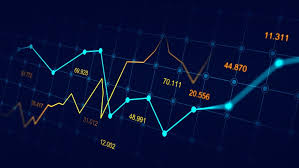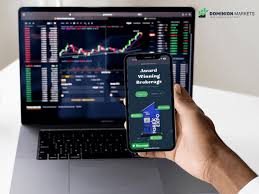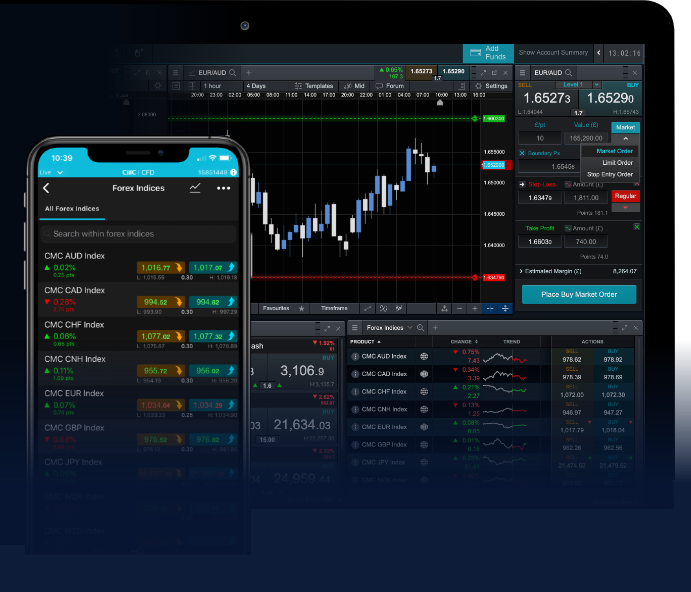
When it comes to diving into the world of foreign exchange trading, the choice of the right trading platform is pivotal. A reliable and user-friendly forex trading platform Forex Brokers in Indonesia can make all the difference in a trader’s experience. With numerous platforms available today, understanding what features to look for is essential for both novice and experienced traders.
What is a Forex Trading Platform?
A forex trading platform is software provided by a broker that allows traders to buy and sell foreign currencies. These platforms provide the necessary tools for market analysis, trade execution, and tracking performance. They can be desktop applications, web-based, or mobile apps, catering to various trading styles and preferences.
Types of Forex Trading Platforms
There are primarily two types of trading platforms: proprietary and third-party.
Proprietary Platforms
Proprietary platforms are developed by brokers themselves. They are specifically tailored to meet the needs of their clients, often featuring unique tools and resources. Examples include platforms like CMC Markets’ Next Generation and OANDA’s fxTrade.
Third-party Platforms
Third-party platforms are developed by independent companies and can be used by multiple brokers. MetaTrader 4 (MT4) and MetaTrader 5 (MT5) are the most popular examples, known for their user-friendly interfaces, advanced charting tools, and automated trading capabilities.
Key Features to Look for in a Forex Trading Platform
When choosing a forex trading platform, here are some essential features to consider:
1. User Interface
The platform should have an intuitive user interface that is easy to navigate. A cluttered or complicated layout can hinder trading performance, especially for beginners.
2. Trading Tools and Analysis Options
A good trading platform should offer a variety of analytical tools, including technical indicators, charting capabilities, and news feeds. These tools help traders make informed decisions based on market trends.

3. Security
Security is paramount in the online trading world. Ensure the platform employs industry-standard encryption technologies, complies with regulations, and has a robust data protection policy.
4. Customer Support
Having reliable customer support can save traders time and stress. Look for platforms that offer multiple channels of communication, including live chat, phone support, and email.
5. Mobile Trading Capabilities
As trading becomes increasingly mobile, a platform that offers a comprehensive mobile app can provide flexibility and accessibility, allowing traders to manage their accounts on the go.
6. Account Types and Fees
Different traders have different needs. A good platform will offer multiple account types, each with varying fees and features. Pay attention to spreads, commissions, and withdrawal fees, as these can impact your trading profitability.
Benefits of Using a Forex Trading Platform
Utilizing a forex trading platform comes with several advantages:
1. Accessibility
Forex trading platforms are designed to be accessible from anywhere in the world, provided you have an internet connection. This allows for flexibility in trading and the opportunity to react to market movements in real-time.
2. Speed of Execution
Forex markets are highly volatile, and speed is crucial. A good trading platform will facilitate instant trade execution, minimizing slippage and ensuring that your trades are executed at the desired prices.
3. Educational Resources
Many trading platforms offer educational resources, including webinars, tutorials, and demo accounts. These tools can be invaluable for traders looking to improve their skills and understanding of the market.

4. Research and Analysis
Forex trading platforms often provide access to research reports and market analysis, helping traders stay informed about economic events, market news, and trends that could impact their trading strategies.
How to Choose the Right Forex Trading Platform
Selecting the best forex trading platform for your needs involves careful consideration of your trading style and goals:
1. Determine Your Trading Style
Are you a day trader, swing trader, or long-term investor? Different platforms may cater to different trading styles. Identify what you are looking for to narrow down your options.
2. Read Reviews and Comparisons
Take the time to read reviews from other traders and compare various platforms. User experiences can offer valuable insights into the strengths and weaknesses of each platform.
3. Sign Up for Demo Accounts
Most platforms offer demo accounts that allow you to test their services without risking real money. Use this to your advantage to practice your trading strategies and get comfortable with the platform.
4. Check Regulatory Compliance
Ensure the platform is regulated by a reputable authority. This helps to ensure that your funds are protected and that you are trading in a fair and transparent environment.
5. Evaluate Cost Structure
Analyze the platform’s fee structure. Some platforms have higher spreads but no commissions, while others may have lower spreads but charge a commission. Choose the one that aligns with your trading strategy and budget.
Conclusion
In the fast-paced world of forex trading, the right trading platform is essential for success. By carefully considering the features, benefits, and costs associated with different platforms, traders can make informed decisions that support their trading goals. Remember to leverage demo accounts, conduct thorough research, and stay adaptable in your approach to find the best forex trading platform for your needs.




Leave a Reply